Role of Golgi Apparatus & Endoplasmic Reticulum in Protein Synthesis
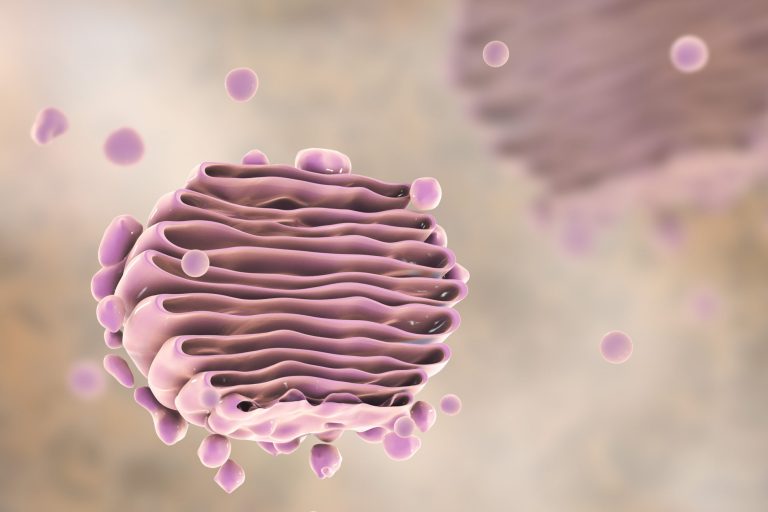
Golgi apparatus (3-D illustration)
Table of Contents
Continued from the previous tutorial that introduces protein synthesis…
mRNA and tRNA
mRNA leaves the nucleus and enters the cytoplasm where ribosomes can be found, the site of protein synthesis.
The mRNA strand is met in the ribosome by complementary tRNA anticodons, which have opposing bases to that of the mRNA strand (the codons).
For example,
if the mRNA sequence is A-A-U-C-A-U, (codon)
then the tRNA sequence is U-U-A-G-U-A (anticodon)
Each tRNA molecule consists of 3 bases, deemed an anticodon that complements the opposing bases on the mRNA strand. These, in turn, have the amino acid sequence to successfully code for a particular amino acid.
Each amino acid has a certain sequence of bases to make it unique. Therefore, as a summary:
- The initial DNA contained a certain sequence of nucleotides
- The mRNA has a pre-determined sequence (because it is transcribed from the DNA)
- Again, as a consequence, the anticodons possess a pre-determined sequence due to the mRNA
- As each amino acid corresponds to a particular anticodon, a unique amino acid sequence is created forming a protein
These amino acids (peptides) can combine to form a polypeptide chain (proteins), which are used in a variety of structures such as enzymes and hormones (explained in the protein variety tutorial)
Ribosomes and Rough Endoplasmic Reticulum (RER)
Ribosomes are the site of protein synthesis and can occur freely in the cytoplasm though more commonly on the outer surface of the rough endoplasmic reticulum. The endoplasmic reticulum presents a large surface area on which these ribosomes can be situated, therefore allowing protein synthesis to occur on a large scale.
The rough endoplasmic reticulum is particularly abundant in growing cells which demand a high turnover of materials in its growth. Rough ER is responsible for transporting the newly synthesized proteins to the Golgi apparatus.
The Golgi Apparatus
The Golgi apparatus is composed of flattened fluid-filled sacs that control the flow of molecules in a cell. This is also the case of protein. Carbohydrates are added to the protein to complete its production.
This finished product, glycoprotein, is ‘pinched off’ the Golgi apparatus, and is transported by a vesicle of the cell membrane. When this vesicle reaches the cell membrane, it binds to a receptor on the surface and excretes the protein, where it can then undergo its function.
These newly formed glycoproteins (proteins with added carbohydrates) are used in a variety of ways, and in light of this, there is a wide variety of proteins in relation to their function. This is investigated in the next tutorial …
You will also like...
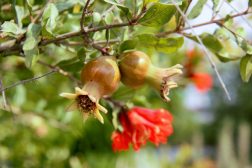
Fruits, Flowers, and Seeds
This tutorial deals with the structure and function of flowers, fruits, and seeds. Also included here are the types of f..
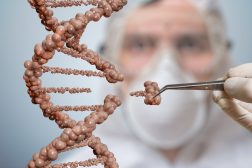
Genetic Engineering Advantages & Disadvantages
This tutorial presents the benefits and the possible adverse eventualities of genetic engineering. Know more about this ..

Vascular Plants: Ferns and Relatives
Ferns and their relatives are vascular plants, meaning they have xylem and phloem tissues. Because of the presence of va..
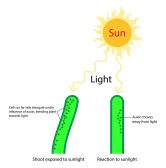
Plant Auxins – Phototropism & Geotropism
Plants produce hormones to regulate their growth. Auxins, for instance, influence plant growth. Know the role of auxin i..
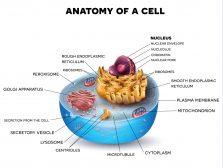
Biological Cell Introduction
It only takes one biological cell to create an organism. A single cell is able to keep itself functional through its 'mi..
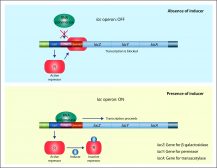
Gene Action – Operon Hypothesis
Learn how the way genes control and determine every aspect of the body. This lesson uses lac operon as an example. ..
..
